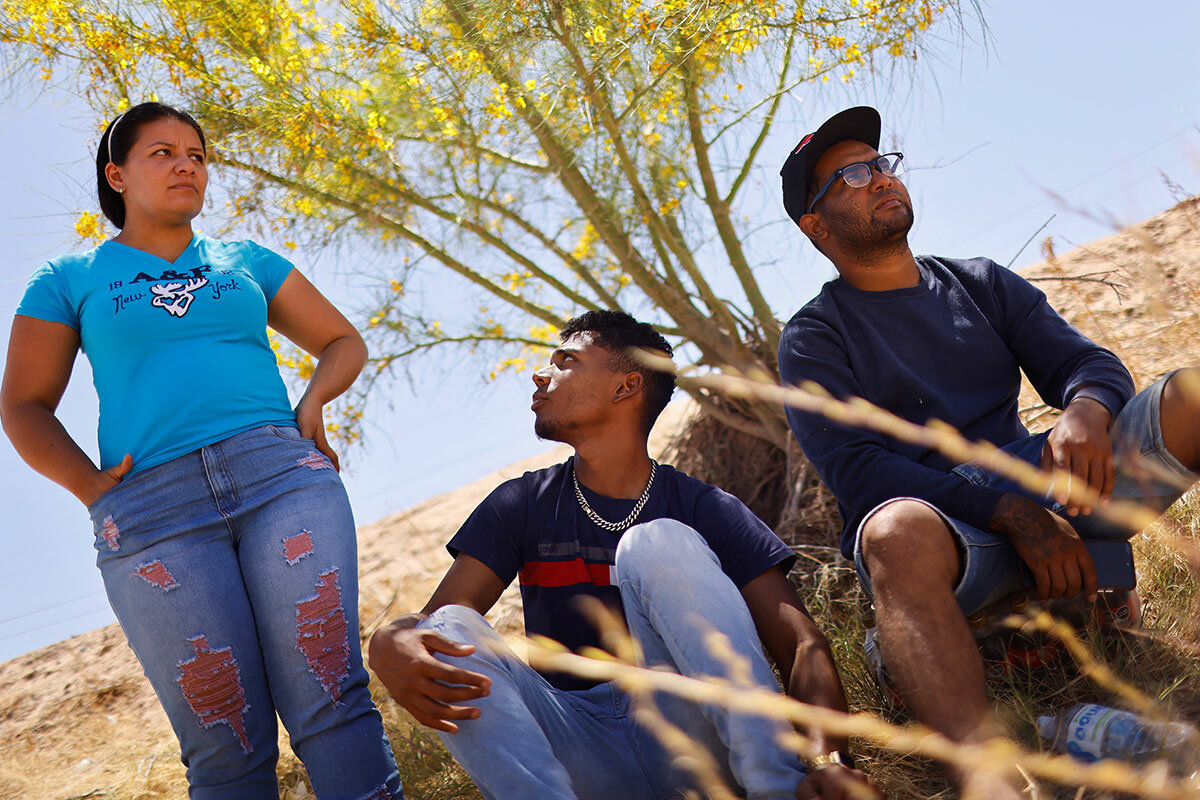At the US border, reminiscing about Venezuela

 Whitney Eulich
Whitney Eulich
In 2009 my career trajectory shifted dramatically when I was sent to a university town in the Venezuelan Andes on a Rotary fellowship. I lived with a local family, climbed the steep colonial streets to daily Spanish classes, and learned important lessons in humility (I was a 20-something who didn’t know much beyond “hola” when I arrived).
Hugo Chávez was president, and Venezuela was already struggling with food shortages and political repression, but it was a different universe compared with today. My host family’s six children are now building their careers across the Americas; only their octogenarian parents remain in Venezuela. Economic, political, and human rights crises have pushed more than 7 million people out of Venezuela since 2015.
I often think about Venezuela and the role it has played in my life – I even met my husband there. But, last month reporting along the U.S.–Mexico border was the first time I’ve been so intimately reminded of the country and its people in almost 15 years. The Monitor was at the border reporting a collection of stories in the lead-up to the end of Title 42, a U.S. rule that essentially closed the U.S. border to migrants and asylum-seekers from around the world for the past three years. You can read the latest story from my colleague Christa Case Bryant today.
Nearly every migrant I met in Ciudad Juárez, the Mexican city across from El Paso, Texas, was from Venezuela. When I spoke to the teen mother from Los Llanos who fled police harassment, I was struck by memories of fishing for piranhas just miles from her town. Then there was a group of friends who’d fled the utter lack of opportunity in Mérida. They were standing on a street corner trying to connect to the CBP One app for asylum-seekers, and they generously chatted with me about the shop where I discovered the Venezuelan treasure of tizana (chopped fruit submerged in juice).
Something shifts in a conversation when both parties spot a connection. I wasn’t just the journalist asking about difficult journeys and dreams ahead. And these weren’t just another group of migrants, because whether I’ve been to their hometown or not, each individual showing up at the border has left behind a favorite meal, a community, and roots, in hopes of security and a future.




